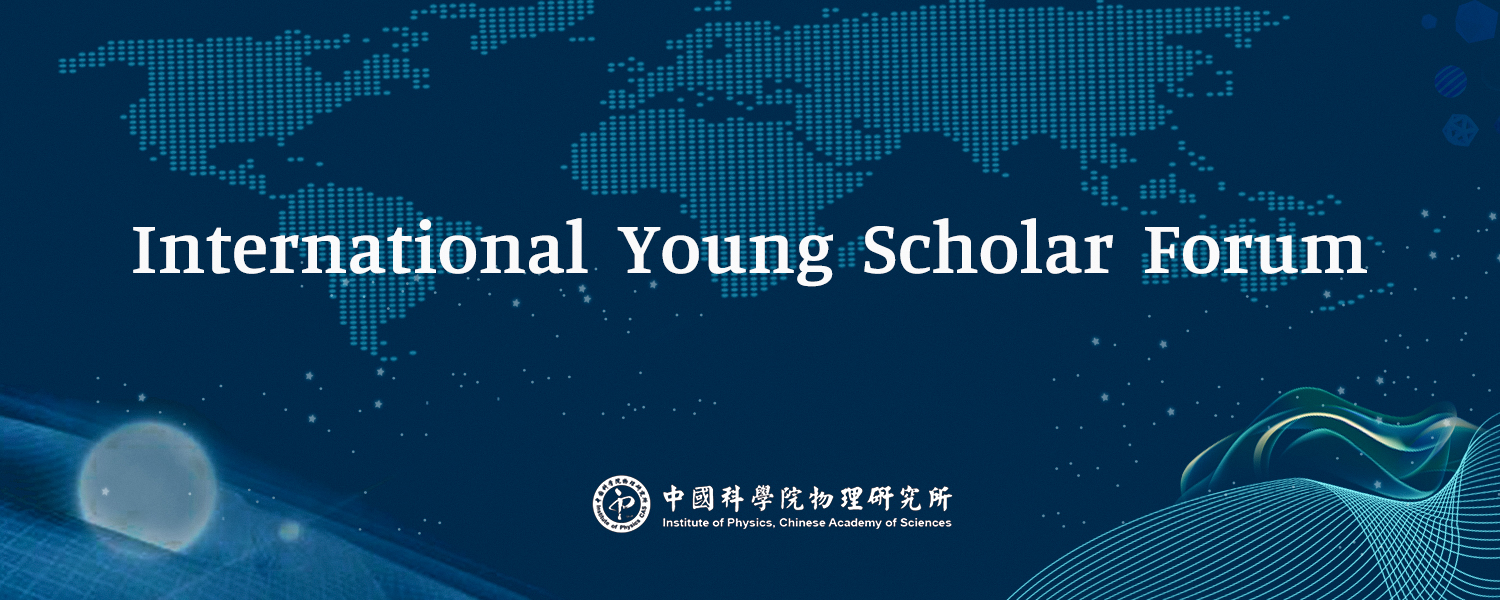Time: 10am, 23rd July, 2020
Speaker:Dr.Yangmu Li, CMPMS Division, Brookhaven National Laboratory
Abstract:
Investigating interaction, superposition, and entanglement of quantum states in strongly correlated and topological materials that carry charge, spin, lattice and orbital degrees of freedom provide a wealth of knowledge for quantum energy and information sciences. In this talk, I’ll present my recent work of single-crystalline superconductors that benefited from developments of both charge transport/spectroscopy experiment techniques and theoretical understandings. In specific, I’ll focus on (1) the emergence of superconductivity in the electron-doped copper-oxide high-transition-temperature superconductors; (2) discovery of a relationship among superconductivity, magnetism, and topological states in iron chalcogenides; and (3) a novel method to induce and control superconductivity in quantum crystals using Focused Ion Beam.
(1) Li et al., Sci. Adv. 5, eaap7349 (2019); Li et al., Sci. Adv. 5, aav7686 (2019); Li et al., Phys. Rev. Lett. 117, 197001 (2016)
(2) Li et al., Iron chalcogenides work under review; Li et al., Phys. Rev. Lett. 123, 196604 (2019)
(3) Li et al., Appl. Phys. Lett. 115, 173507 (2019); Li et al., work on Ir-, Fe-, Zr-based materials
Brief CV of Dr.Yangmu Li:
Dr. Yangmu Li obtained his Ph.D. in Martin Greven’s group at the University of Minnesota in 2017 and is currently a postdoctoral Research Associate in John Tranquada’s group, Condensed Matter Physics and Material Science Division, Brookhaven National Laboratory (BNL). He is an independently funded Principal Investigator of research projects at the Center for Functional Nanomaterials, BNL and at Oak Ridge National Laboratory. Dr. Li is interested in superconductivity and other quantum phenomena in correlated and topological single-crystalline materials. His experimental techniques including single crystal synthesis, high magnetic field charge transport, neutron/X-ray spectroscopy, muon spin rotation, electron microscopy, and Focused Ion Beam.
Link: https://www.bnl.gov/cmpmsd/neutrons/nsg/LiYangmu.php
